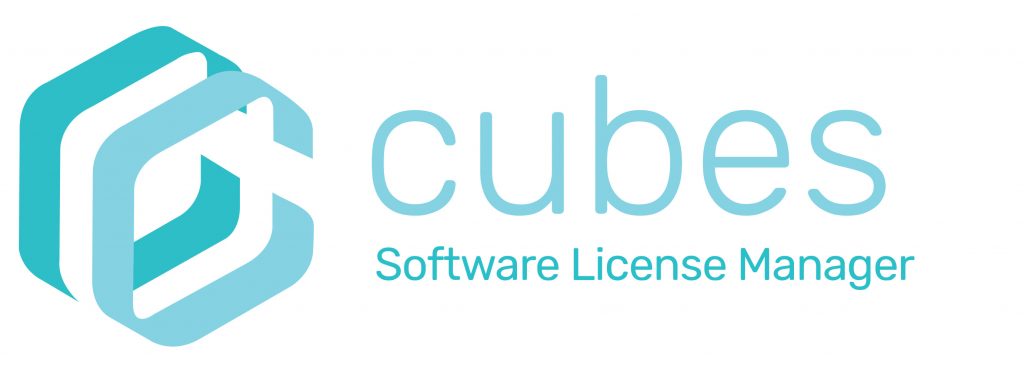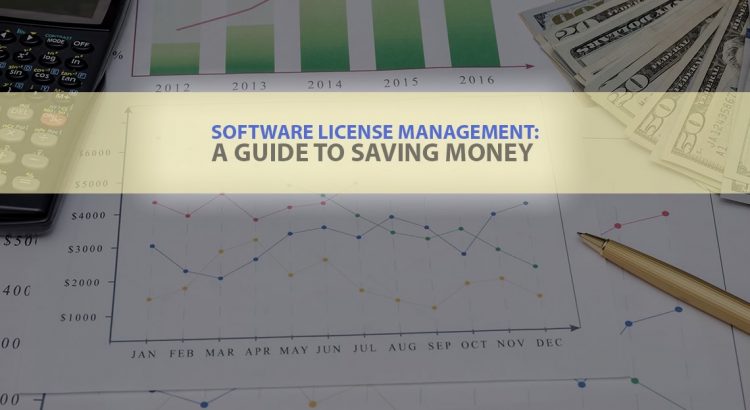Software license management plays a crucial role in optimizing costs for organizations. By effectively managing software licenses, businesses can identify cost-saving opportunities, avoid unnecessary expenses, and ensure compliance with licensing agreements.
Here are some strategies for software license management that can help achieve cost savings:
Inventory and Assessment:
Start by conducting a comprehensive inventory of all software licenses across your organization. This will help you understand what software is being used, who is using it, and whether it aligns with your business needs. Perform a thorough assessment to identify any unused or underutilized licenses that can be reallocated or canceled.
License Consolidation:
Look for opportunities to consolidate software licenses. Evaluate if multiple software applications with similar functionality can be replaced by a single integrated solution. Consolidating licenses can reduce costs and simplify license management.
License Optimization:
Analyze your software usage patterns to determine if you can optimize licenses further. Some software vendors offer flexible licensing models based on actual usage, such as concurrent or named user licenses. Consider switching to such models if they align better with your organization’s usage patterns, as it can lead to significant cost savings.
License Compliance:
Ensure that your organization remains compliant with software licensing agreements. Unauthorized or unlicensed software can result in financial penalties and legal issues. Implement robust license tracking and monitoring processes to avoid any compliance violations.
Renewal Management:
Stay proactive with software license renewals. Keep track of renewal dates and negotiate with vendors to secure favorable terms and pricing. Sometimes, vendors offer discounts or incentives for early renewals or longer-term agreements. Also, reassess your software needs before renewing licenses to avoid renewing unnecessary licenses.
Vendor Negotiation:
Don’t hesitate to negotiate with software vendors for better pricing and licensing terms. Research alternative vendors and their offerings to have leverage during negotiations. Additionally, consider exploring volume licensing agreements or enterprise agreements, which can provide cost advantages for large-scale deployments.
Cloud and Subscription Models:
Evaluate the feasibility of cloud-based software solutions or subscription models instead of traditional on-premises licenses. These models often offer flexibility, scalability, and cost savings, as you pay only for what you use.
Employee Awareness and Training:
Educate your employees about software license compliance and the importance of adhering to licensing policies. Establish clear guidelines and processes for requesting software, and ensure employees understand the implications of unauthorized software installations.
Software Asset Management Tools:
Consider implementing software asset management (SAM) tools to automate license tracking, software usage monitoring, and compliance management. SAM tools can streamline license management processes, provide accurate data, and facilitate cost-saving decisions.
Regular Audits and Reviews:
Conduct regular audits and reviews of your software license management practices. Periodically reassess your software needs, evaluate license usage, and identify further opportunities for cost optimization.
By implementing these strategies and maintaining a proactive approach to software license management, organizations can achieve significant cost savings while ensuring compliance and maximizing the value of their software investments.

Learn how you can maximize cost savings with Cubes: HERE
